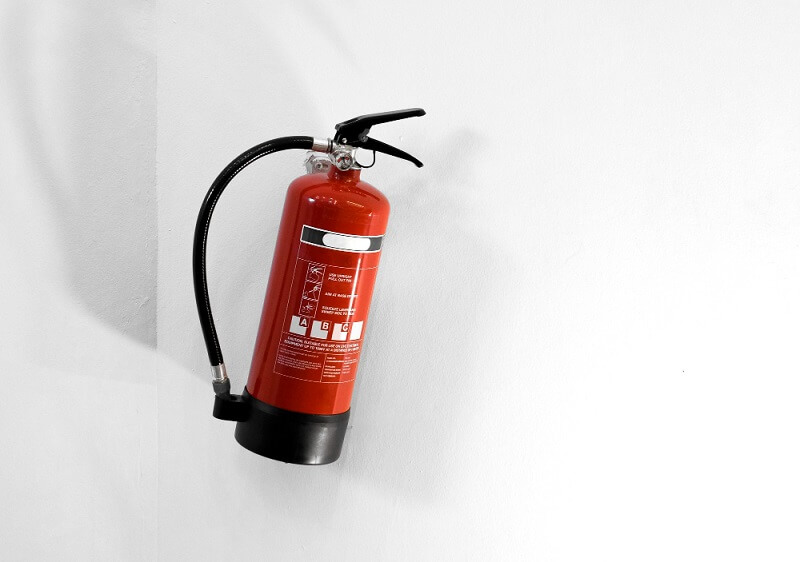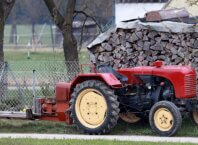Ensuring the safety of your property and the people within it should always be a top priority, and one of the most important aspects of this is fire safety. A comprehensive fire safety inspection is crucial to identify potential fire hazards and to ensure that the necessary fire prevention measures are in place. In this article, we will discuss what a fire safety inspection entails, why it’s important, and the steps you can take to ensure the highest level of fire protection for your property.
Understanding Fire Safety Inspection and Fire Safety Audit
A fire safety inspection is an in-depth examination of a property to identify potential fire hazards and to verify that all fire safety systems, equipment, and procedures are in place and functioning properly. This inspection is usually carried out by a qualified fire safety professional or a representative from the local fire department.
A fire safety audit, on the other hand, is a more detailed examination of the property’s fire safety measures and their effectiveness. This can include reviewing fire safety policies and procedures, staff training, and maintenance records, as well as conducting a thorough inspection of the physical property. A fire safety audit is typically conducted by a specialist fire safety consultant.
The Importance of Fire Safety Inspection
Regular fire safety inspections are vital for several reasons, including:
1. Identifying potential fire hazards and areas of risk within the property.
2. Ensuring compliance with local fire safety regulations and requirements.
3. Verifying the proper functioning of fire safety systems and equipment.
4. Evaluating the effectiveness of fire prevention measures in place.
5. Providing guidance and recommendations for improving fire safety measures.
6. Ensuring that employees are adequately trained in fire safety procedures.
Conducting a Fire Risk Assessment
A fire risk assessment is a crucial component of the fire safety inspection process. This assessment involves evaluating the potential risk of fire within the property and identifying any necessary actions to mitigate this risk. The fire risk assessment should cover the following aspects:

1. Identifying potential sources of ignition, such as electrical equipment, heating appliances, and open flames.
2. Identifying combustible materials and potential fuel sources, such as paper, textiles, and flammable liquids.
3. Evaluating the likelihood of a fire occurring and the potential consequences of a fire.
4. Assessing the effectiveness of existing fire safety measures and identifying any areas for improvement.
5. Developing a prioritized action plan to address identified risks and improve fire safety.
Fire Prevention Measures to Implement
Following a fire risk assessment, it’s essential to implement various fire prevention measures to mitigate the risk of a fire occurring. These measures may include:
1. Installing and maintaining fire safety systems, such as fire alarms, sprinklers, and smoke detectors.
2. Ensuring proper storage and handling of hazardous materials and flammable substances.
3. Implementing safe working practices, such as maintaining electrical equipment and enforcing a no-smoking policy.
4. Ensuring proper housekeeping and cleanliness to reduce the accumulation of combustible materials.
5. Establishing a clear and well-maintained means of escape in case of a fire, including emergency exit routes and fire doors.
Ensuring Compliance with Fire Safety Regulations
Compliance with local fire safety regulations is a vital aspect of a fire safety inspection. This involves ensuring that all required fire safety systems, equipment, and procedures are in place, properly maintained and functioning correctly. To ensure compliance, it’s essential to:
1. Familiarize yourself with local fire safety regulations and requirements.
2. Maintain accurate records of fire safety system inspections, maintenance, and repairs.
3. Ensure that all employees are adequately trained in fire safety procedures and emergency evacuation.
4. Work closely with the local fire department or a qualified fire safety professional to ensure your property meets all necessary requirements.
Fire Safety Training for Employees
Proper fire safety training for employees is an essential component of an effective fire prevention strategy. This training should cover:
1. Fire safety procedures, including how to raise the alarm and evacuate the building.
2. The proper use of fire safety equipment, such as fire extinguishers and fire blankets.
3. Recognizing potential fire hazards and taking appropriate action to mitigate the risk.
4. Understanding the importance of regular fire safety inspections and their role in maintaining a safe working environment.
Regular Maintenance and Upkeep of Fire Safety Equipment
To ensure the effectiveness of fire safety equipment, regular maintenance and upkeep are necessary. This includes:
1. Regular inspection and testing of fire safety systems, such as fire alarms and sprinklers, to ensure proper functioning.
2. Periodic servicing and maintenance of fire safety equipment, such as fire extinguishers and emergency lighting.
3. Keeping accurate records of all maintenance and testing activities to demonstrate compliance with fire safety regulations.
Creating a Fire Safety Checklist
A comprehensive fire safety checklist can be an invaluable tool for conducting regular fire safety inspections. This checklist should cover all aspects of the fire safety inspection process, including:
1. Fire risk assessment and hazard identification.
2. Fire prevention measures and safety systems.
3. Employee fire safety training and awareness.
4. Compliance with fire safety regulations and requirements.
5. Maintenance and upkeep of fire safety equipment.
Conducting a Comprehensive Fire Safety Inspection
By following the steps outlined above, you can ensure a comprehensive fire safety inspection that addresses potential fire hazards, ensures compliance with fire safety regulations, and promotes a culture of fire safety awareness within your property. Remember that fire safety is an ongoing process, and regular inspections and audits are essential to maintaining the highest level of fire protection for your property and its occupants.







